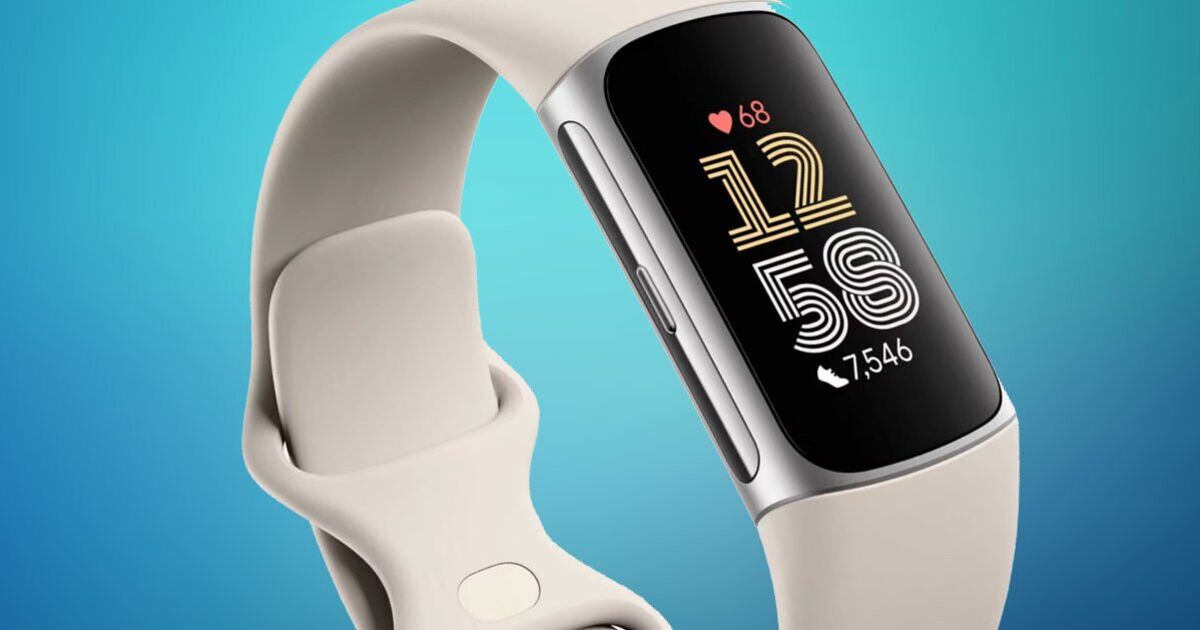Fitbit made a name for itself producing easy to use, affordable fitness trackers before being bought by Google in 2021. The firm still makes devices, such as the excellent Fitbit Charge 6, that can track your steps, heart rate, distance walked, sleep and more daily metrics to give you an accurate picture of your health.
Aside from adding stress monitoring on 2022’s Fitbit Sense 2, most Fitbits don’t gain many new features. That could be set to change in potential future Fitbit trackers though, as the folks over at NotebookCheck have spotted a new patent filed by Fitbit with the United States Patent and Trademark Office (USPTO) for a blood pressure monitoring device.
No existing Fitbit can monitor blood pressure. In fact, consumer wearables that can do so are very rare indeed. I reviewed one watch that can, the Huawei Watch D2, which has an inflatable cuff built into the wrist strap that inflates to take readings. It’s fully medically certified, which is also uncommon for a consumer device.
The newly spotted Fitbit patent looks to be worn on a finger, perhaps as built into a ring. I’d have assumed Fitbit would have worked blood pressure monitoring into a wrist-worn tracker if it were to go down that route at all, but this patent suggests Fitbit, and by extension Google, could be mulling different ways to check a wearer’s blood pressure.
NotebookCheck reported the patent details in which Fitbit indicates a finger-worn cuff would be more convenient and compact compared to a wrist or arm-worn cuff, the latter of which is used in the medical field as it is thought to be the most accurate way of measuring blood pressure.
And Forbes notes, the filing suggests Fitbit is exploring adding a microphone and skin temperature sensor to improve accuracy, presumably in lieu of an arm cuff.
The patent pictures show a person using the device with their arm raised to their chest, but also flat on a surface.
I think it unlikely that Fitbit would release a standalone blood pressure monitoring device, and these illustrations are likely to be more demonstrative than glimpses of future products.
It could be possible that such blood pressure monitoring innovations end up on a Google Pixel Watch rather than a Fitbit branded product. For one, Google admitted last year that it would not make another Fitbit branded smartwatch, leaving only the possibility of new Fitbit trackers, which have thinner straps and smaller screens than smartwatches.
Then again, with fewer options for new Fitbit products in light of the Pixel Watch, perhaps Google will opt to release a standalone Fitbit branded blood pressure monitor and lean on the brand cache Fitbit still has, but for a more specialist medical device.
Of course, just because a firm files a patent it does not mean they will release a product using the technology. But it’s interesting to see the Fitbit brand is still working on new innovations behind closed doors four years after it was subsumed into Google.












